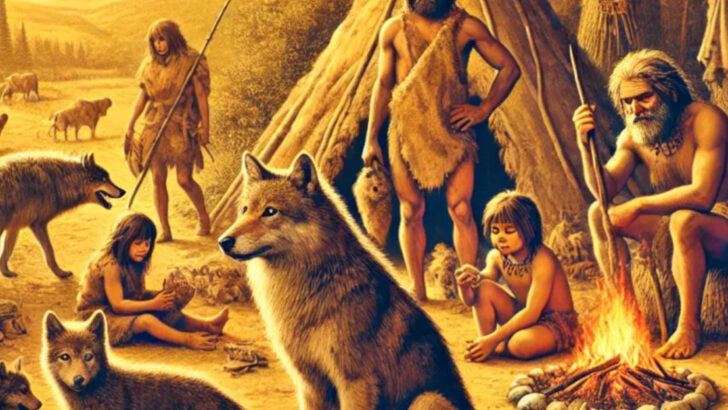Wolves didn’t just wake up one day and decide to become man’s best friend. Their transformation into dogs was a slow, fascinating journey—one that they, in many ways, chose for themselves.
The fiercest predators of the wild slowly crept closer to human camps, drawn by scraps of food and the warmth of a fire. Over generations, the boldest and friendliest wolves stuck around, forging a bond that would change their species forever.
This wasn’t a forced domestication. Wolves adapted, evolved, and shaped their own destiny, becoming the loyal companions we know today. The instincts of the wild never fully faded, but their willingness to connect with humans set them on a different path.
How did this remarkable shift happen? Let’s explore 12 incredible ways wolves played a role in their own domestication, turning from untamed hunters into our most devoted friends.
Early Human Interaction
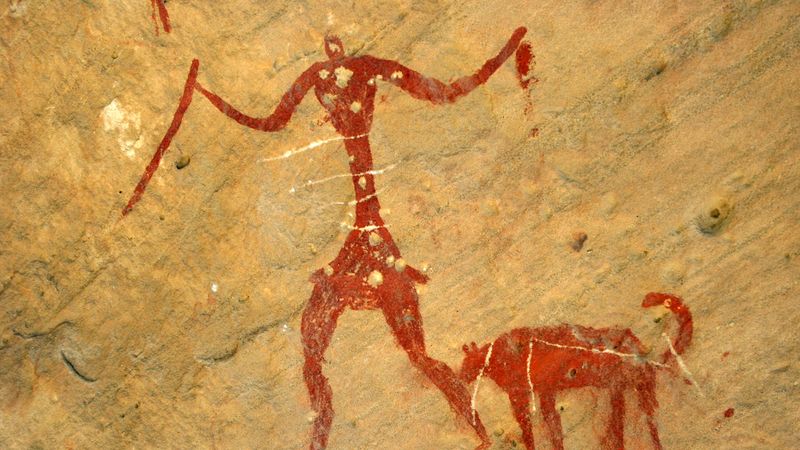
In the early days, humans and wolves crossed paths frequently. These encounters often centered around shared hunting grounds. Wolves were drawn to human settlements by the smell of food, leading to opportunistic scavenging.
In this context, the friendlier wolves were more likely to receive food scraps from humans. This gradual process encouraged a bond between humans and certain wolf packs. Over time, these interactions paved the way for a mutual understanding. The friendlier wolves thrived, setting the stage for domestication. This laid the foundation for a symbiotic relationship that would span thousands of years.
Adaptation to Human Environment
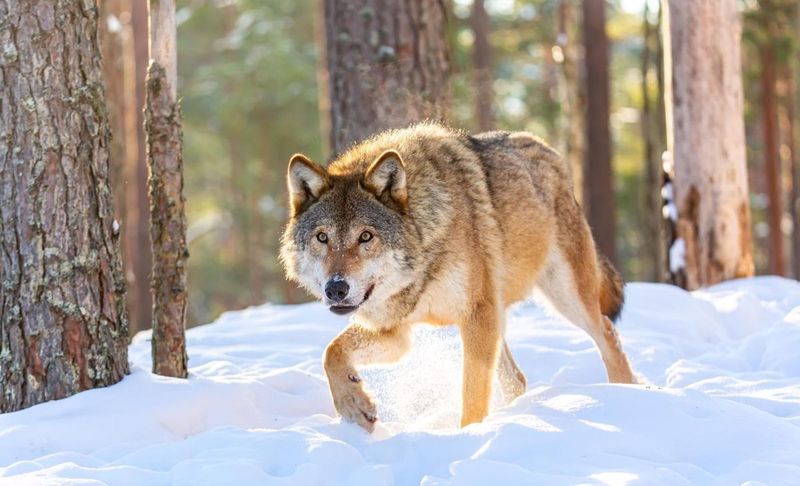
Wolves that showed adaptability to human environments had a survival advantage. They learned to navigate around human settlements without causing alarm. This adaptability was crucial in their transformation into domestic dogs.
By being less aggressive and more approachable, these wolves could coexist with humans. Their ability to adapt behaviors in response to human cues became a defining trait. This paved the way for selective breeding based on these traits. As wolves became more integrated into human life, they began to evolve both physically and behaviorally. This adaptation was key to their eventual domestication.
Selective Breeding by Early Humans
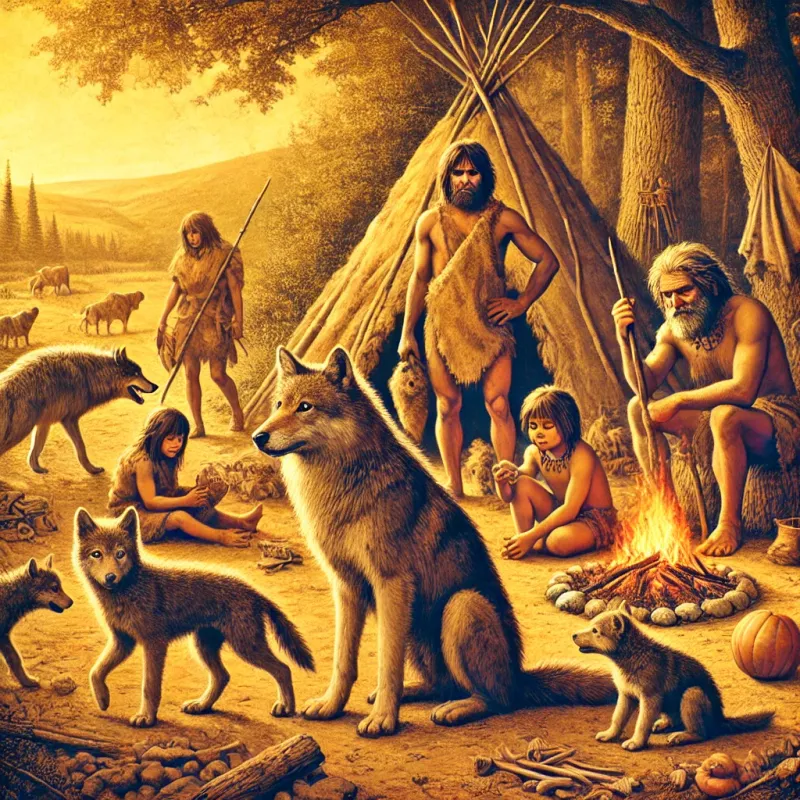
Early humans played a significant role in domesticating wolves through selective breeding. They chose wolves that exhibited tameness and loyalty. These traits were desirable for companionship and assistance in hunting.
Selective breeding involved raising wolf puppies in human camps, where they were socialized from a young age. This process was repeated over many generations, amplifying desirable traits. Over time, the wolves’ physical and behavioral traits began to change. This methodical approach significantly accelerated the domestication process, resulting in wolves that increasingly resembled domestic dogs.
Role of Natural Selection
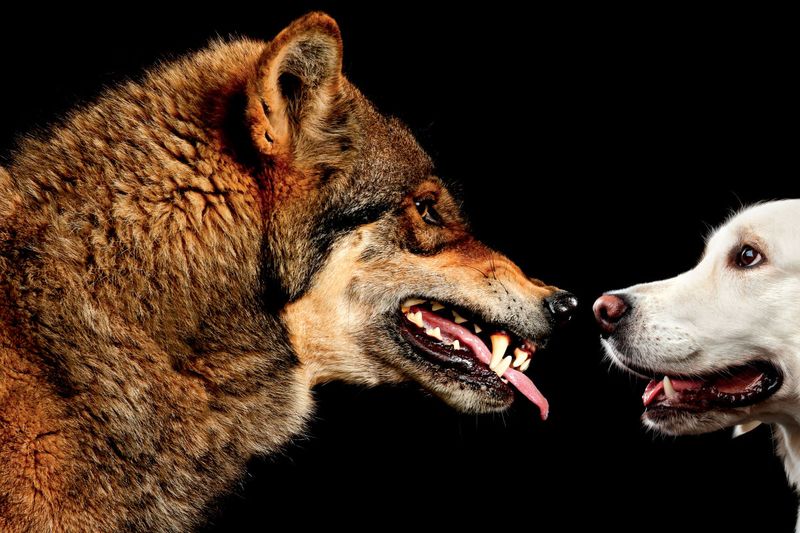
Natural selection played a crucial role in the domestication of wolves. Only those with traits favorable to human interaction survived and thrived alongside humans. These traits included reduced aggression and heightened sociability.
Wolves with such traits were more likely to be fed and cared for by humans. Over generations, these wolves passed on their genes, leading to a gradual evolution. Natural selection worked in tandem with human influence to shape the modern dog. This process highlights the dynamic interplay between nature and nurture in the domestication journey.
Changes in Diet
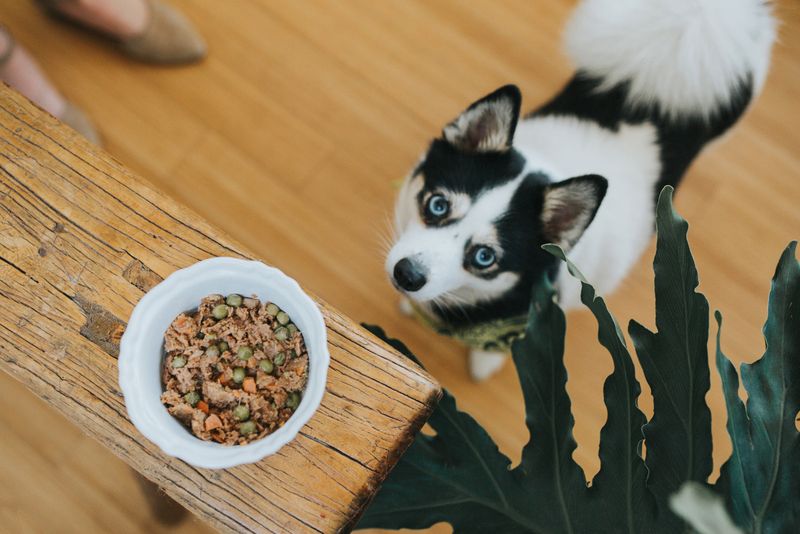
The domestication journey saw wolves adapting to a new diet. Initially, wolves relied on hunting for survival. However, proximity to humans allowed them access to leftover food and scraps.
This shift in diet played a role in physiological changes over time. Wolves that thrived on human food were more likely to survive and reproduce. Their digestive systems gradually adapted to this new diet, distinct from their wild counterparts. This dietary change was a significant step in their evolution into domestic dogs. It underscores the adaptability of wolves in the face of changing environments.
Behavioral Changes
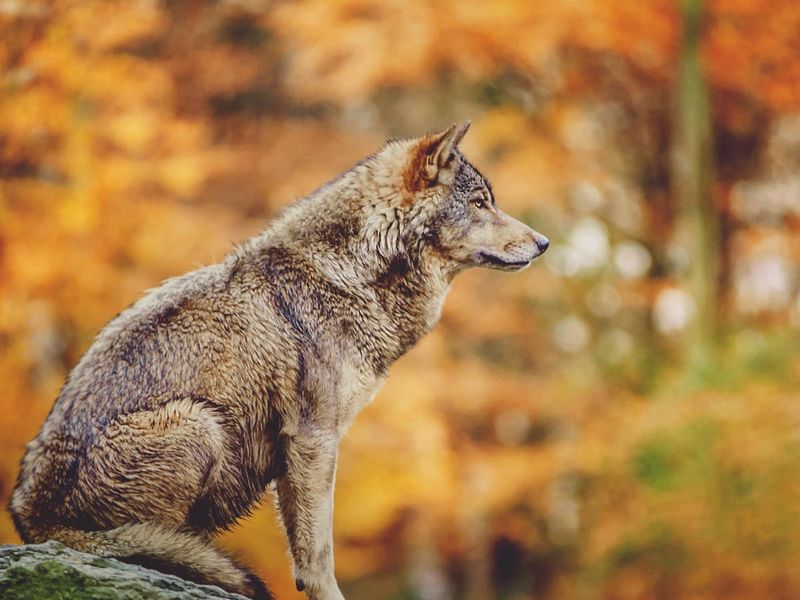
Behavioral changes were a cornerstone in the evolution from wolf to dog. Wolves that displayed playful and docile behaviors were more likely to be accepted by humans. These behaviors facilitated bonding and trust between the species.
Such wolves were often more successful in integrating into human groups. Over time, these behaviors became more pronounced through selective breeding and adaptation. This shift in behavior was instrumental in the wolves’ acceptance as companions. The evolution of behavior highlights the social adaptability of wolves and their capacity for domestication.
Physical Transformation
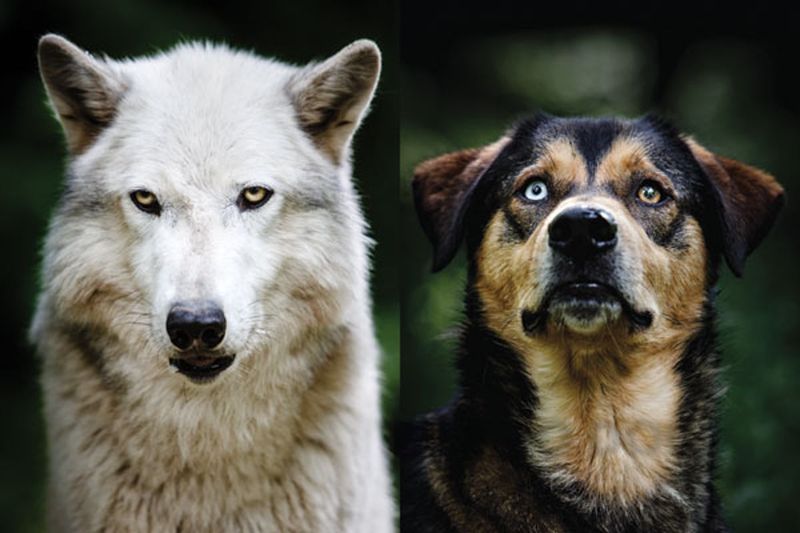
Physical transformation was an inevitable aspect of domestication. As wolves adapted to living alongside humans, their physical traits began to change. These changes included variations in size, coat color, and ear shape.
Selective breeding further influenced these physical transformations. Traits that aligned with human preferences were encouraged and became more common. This led to the diverse range of dog breeds we see today. Physical changes were not just aesthetic but also functional, affecting the dogs’ roles in human societies. This transformation is a testament to their evolutionary journey.
Emotional Bonding
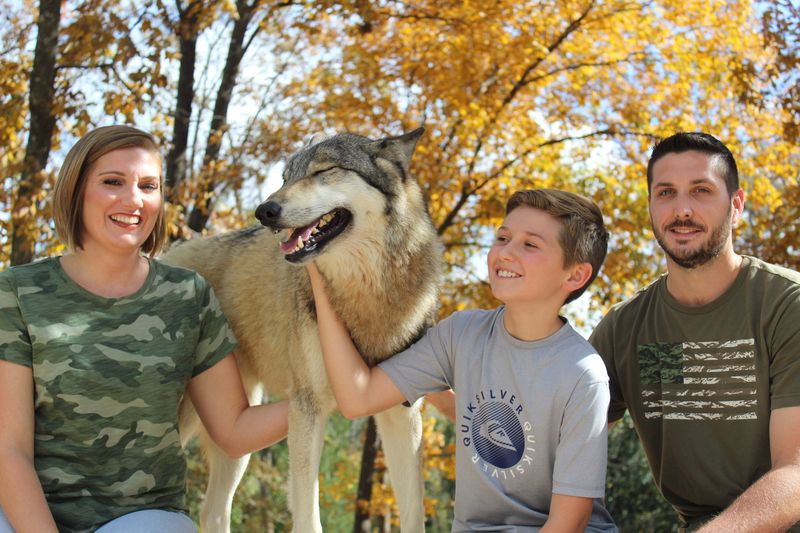
The emotional bond between humans and wolves was pivotal in domestication. Early humans formed connections with wolves, leading to mutual trust and companionship. This bond was strengthened through shared activities and cooperative hunting.
Wolves that responded positively to human emotions were more likely to be embraced by human communities. Emotional bonding facilitated the wolves’ integration into human lives. It transcended mere survival, evolving into a friendship. This emotional connection was a key factor in transforming wolves into loyal companions. The enduring bond continues to define the relationship between dogs and humans today.
Communication Evolution
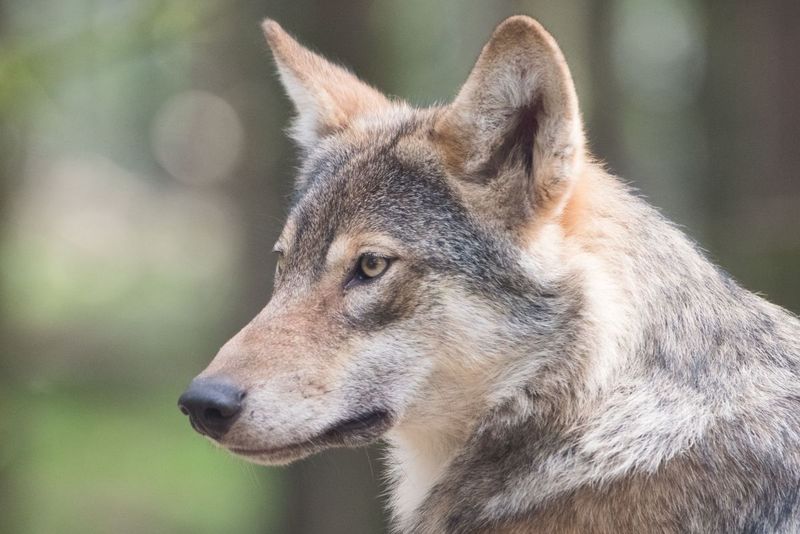
Evolution in communication was essential in the transition from wolf to dog. Wolves and humans developed ways to understand each other without words. Non-verbal cues and body language became vital tools for interaction.
This mutual understanding was crucial for cooperation in hunting and gathering. Over time, wolves that better understood human gestures were favored in human societies. This ability to communicate effectively led to stronger bonds and enhanced cooperation. The evolution of communication skills was a significant milestone in domestication. It laid the groundwork for the complex interactions between humans and dogs today.
The Impact of Social Structure
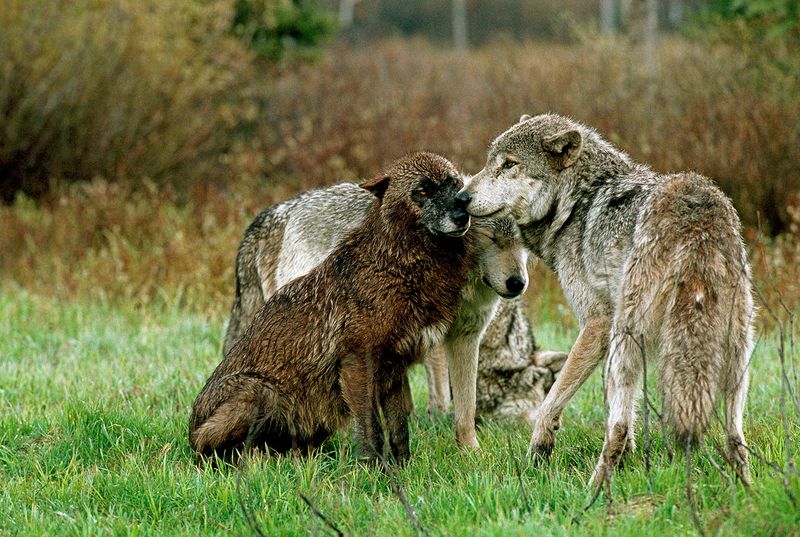
The social structure of wolves mirrored that of early human societies. Wolves live in packs with defined hierarchies, similar to human social structures. This similarity facilitated integration into human communities.
Wolves that could navigate and understand social dynamics were more successful in human settings. Their social intelligence allowed them to adapt seamlessly to human life. Recognizing and responding to social cues was crucial for their domestication. The impact of social structure demonstrates how wolves’ natural behaviors aligned with human needs, enabling a harmonious relationship. This alignment was vital in their journey to becoming dogs.
Role of Human Settlements
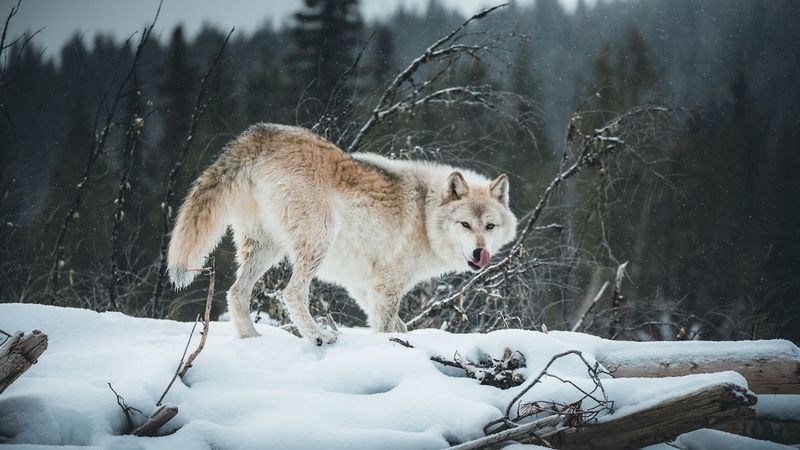
Human settlements provided a unique environment for wolf domestication. As humans built permanent dwellings, wolves found opportunities to scavenge for food. These settings offered protection and a reliable food source.
Wolves that thrived in these environments were more likely to survive and reproduce, furthering domestication. The proximity to humans encouraged wolves to adapt their behaviors and diet. Human settlements became a natural habitat for these evolving wolves. This role of human settlements was crucial in shaping the domesticated dog. It highlights the importance of environment in the domestication process.
Cultural Significance
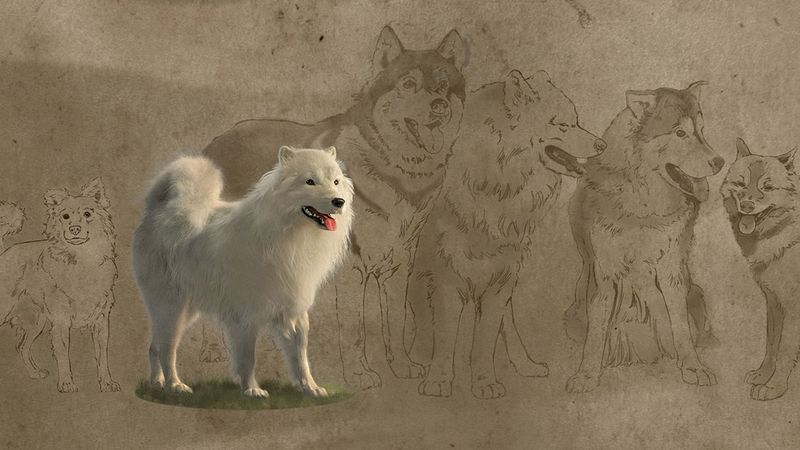
The domestication of wolves holds cultural significance across civilizations. Ancient art and artifacts reveal the deep connection between humans and wolves. These depictions highlight the wolves’ role in mythology, religion, and society.
Wolves often symbolized loyalty, bravery, and companionship. This cultural representation reinforced the bond between species. It encouraged the acceptance of wolves in various aspects of human life. The cultural significance of wolves played a role in their domestication, making them integral to human communities. This cultural bond continues to influence perceptions of dogs in modern times.

